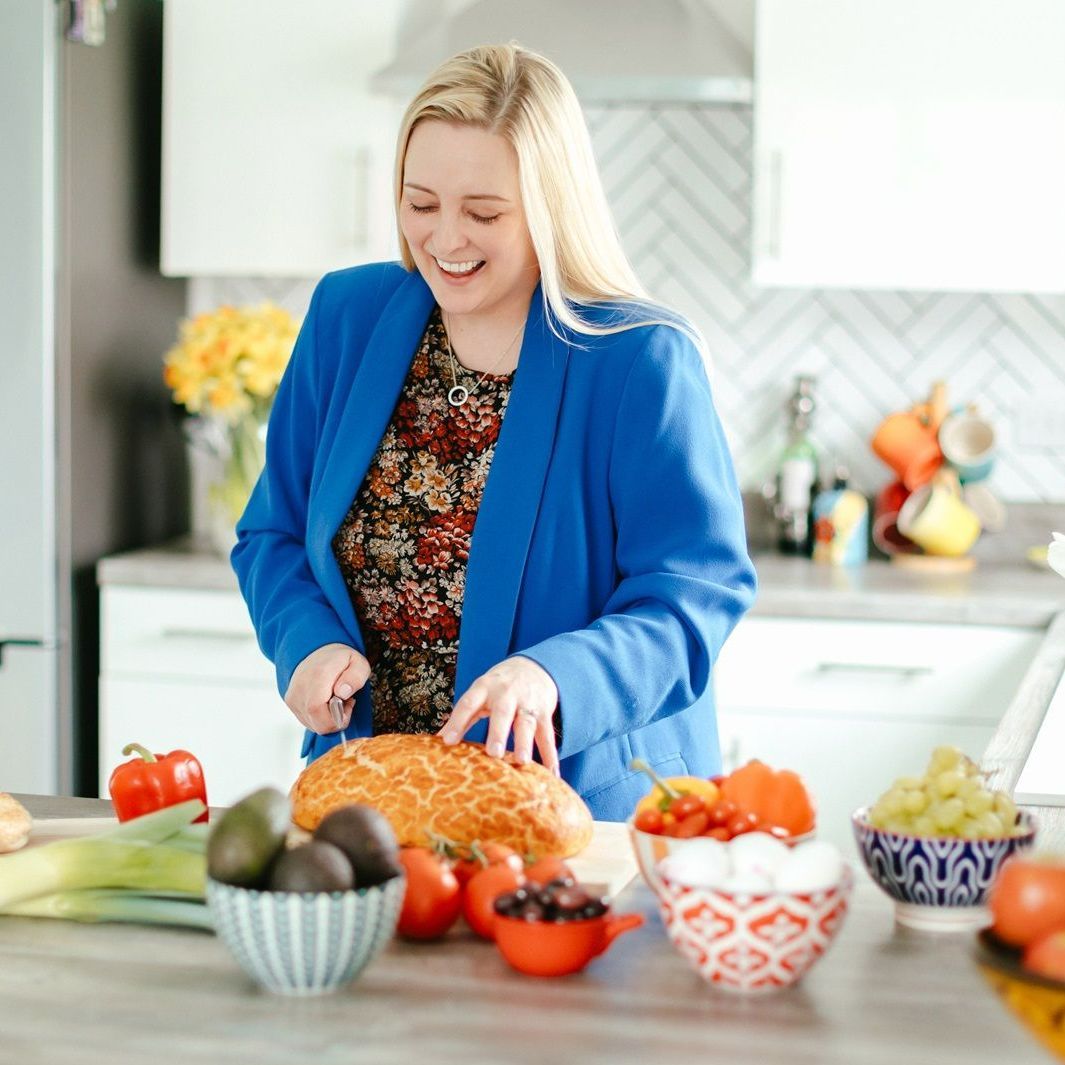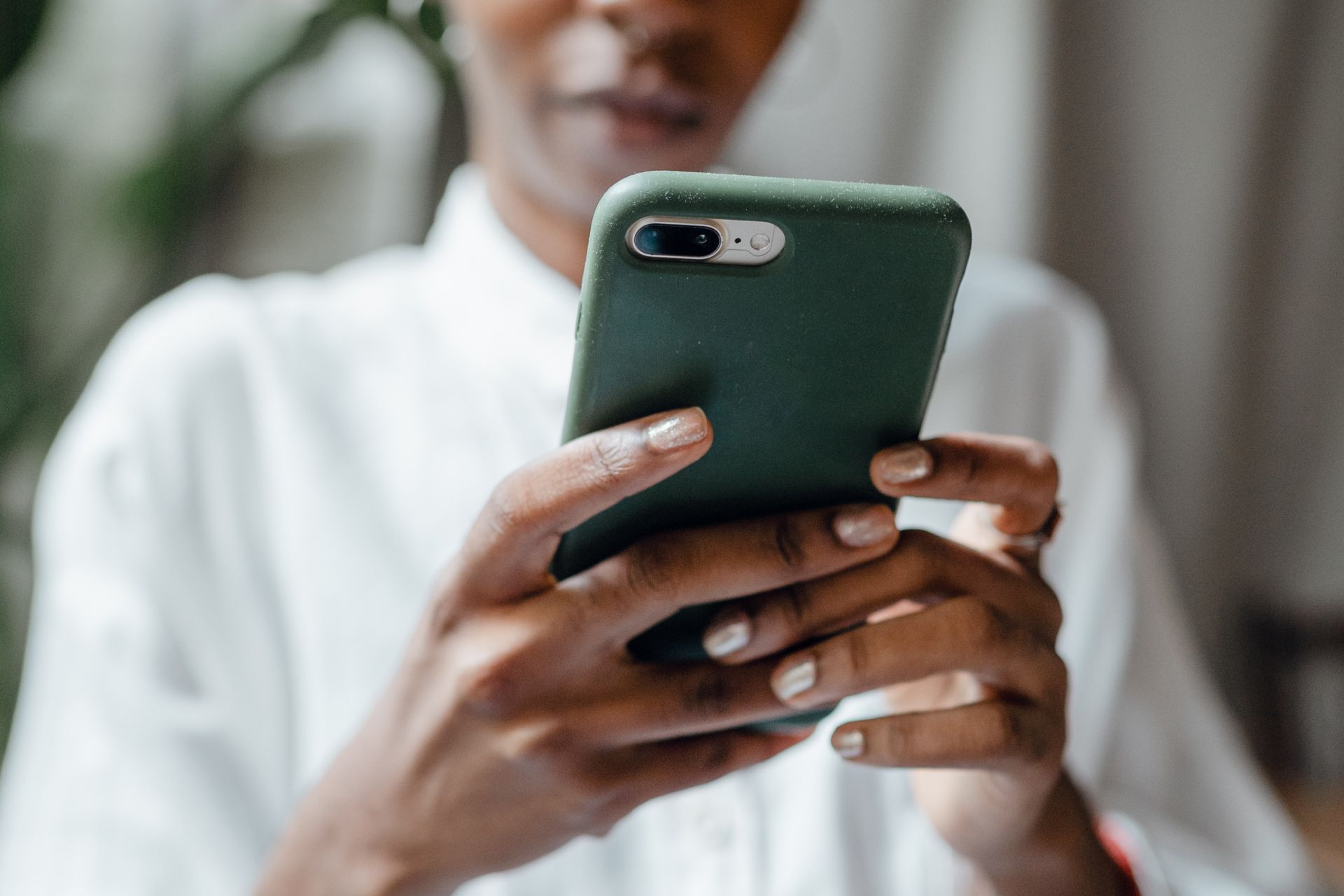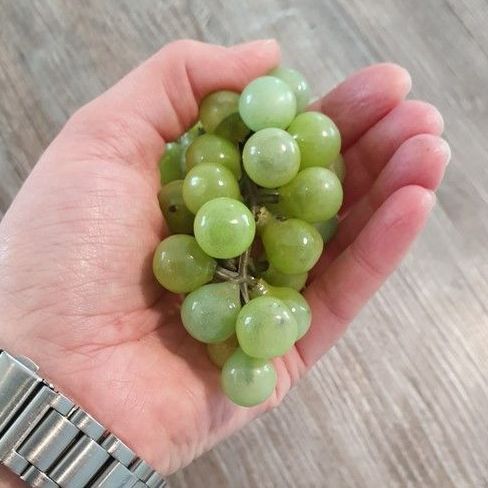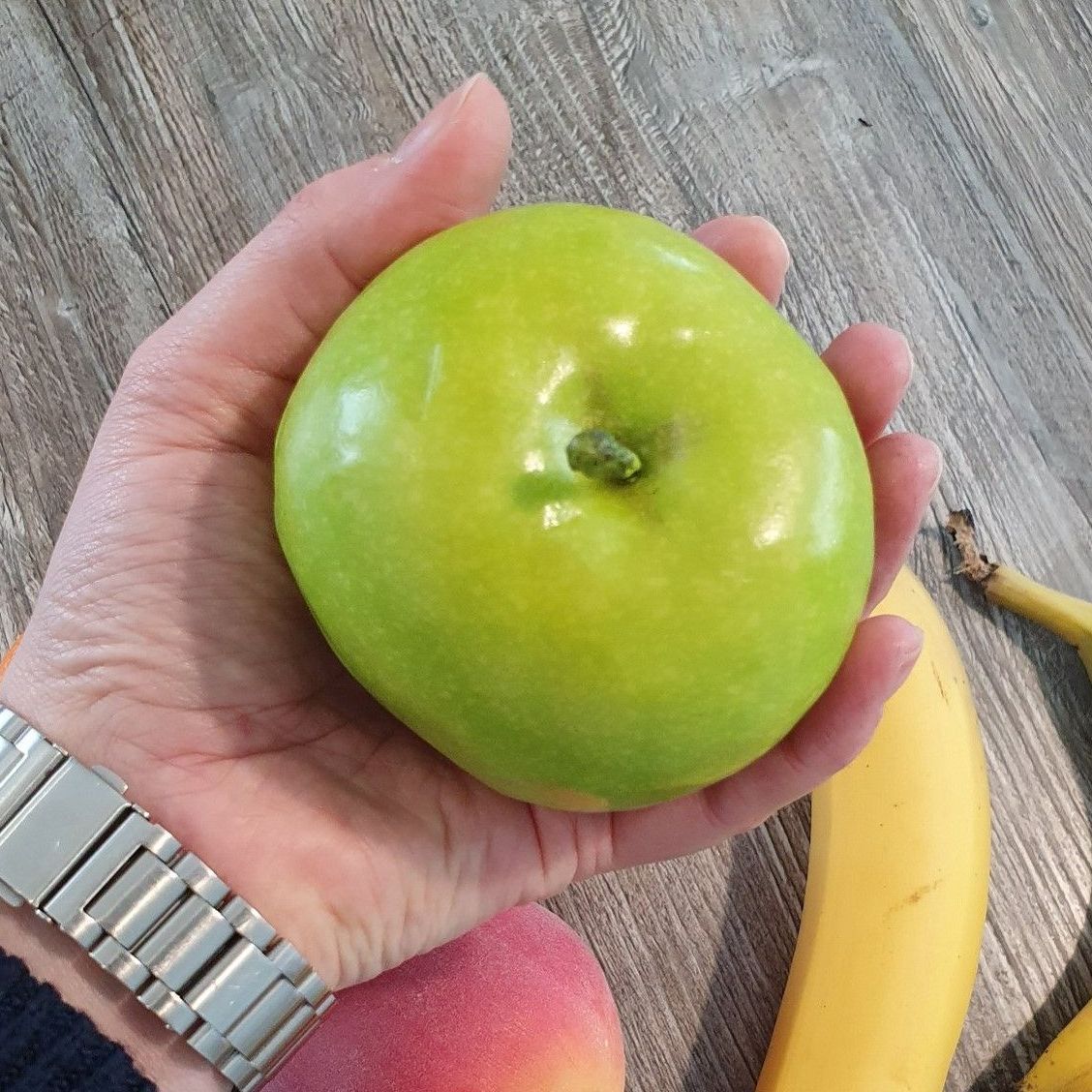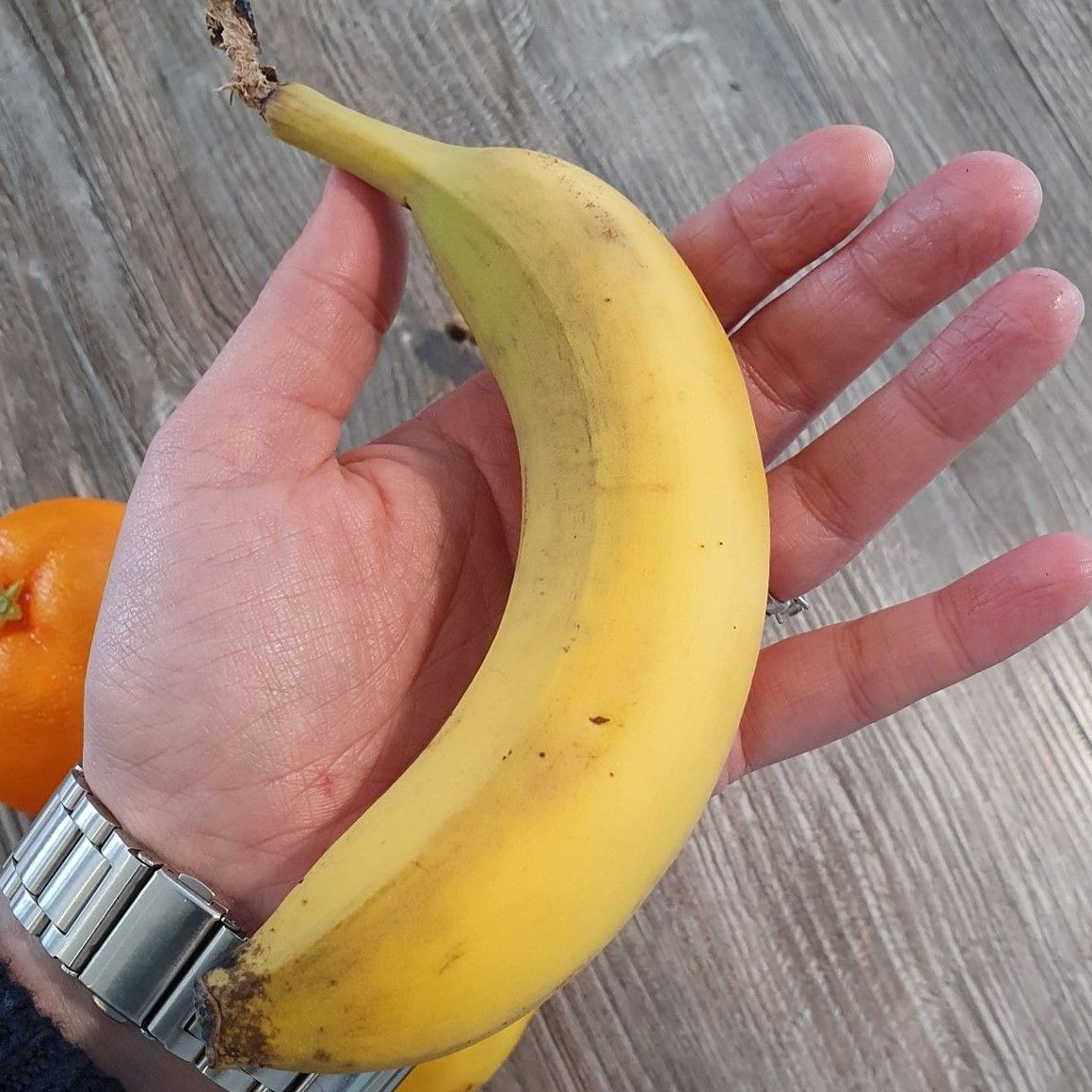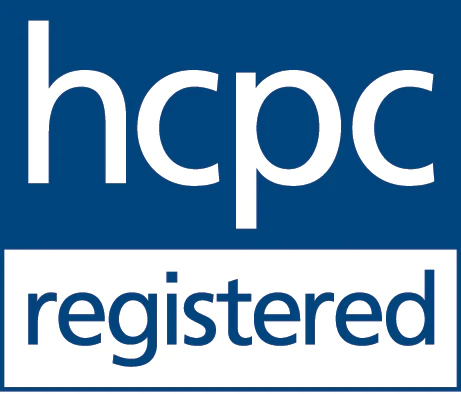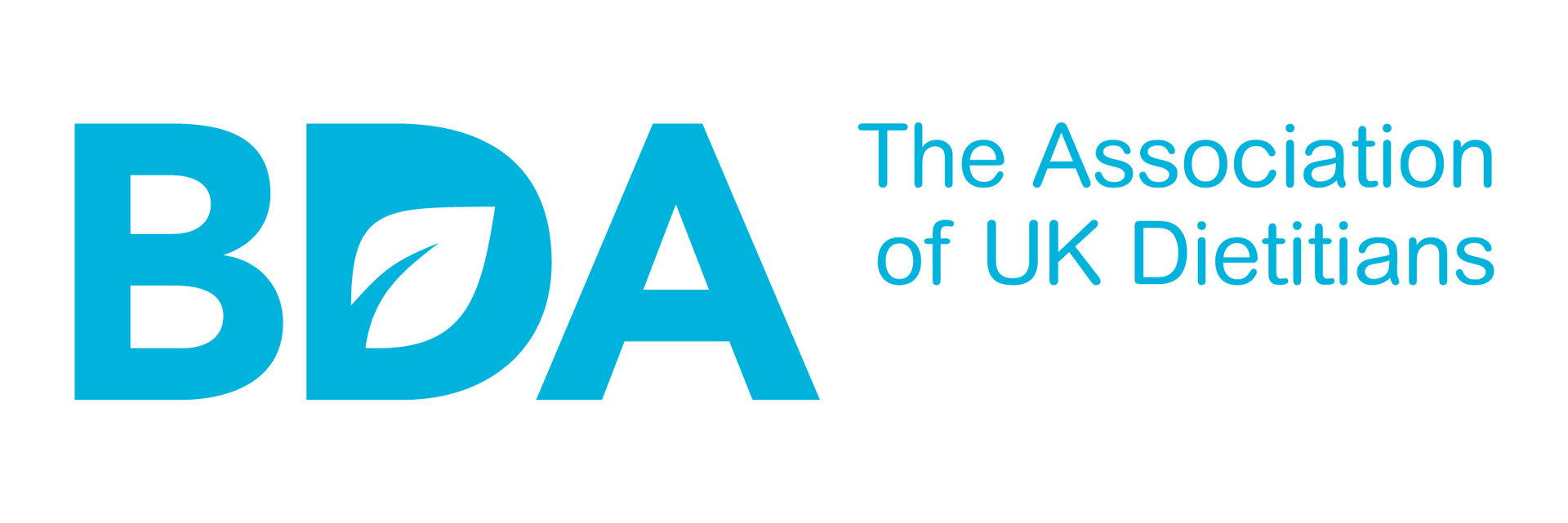Type 2 diabetes and fruit, too much banana drama
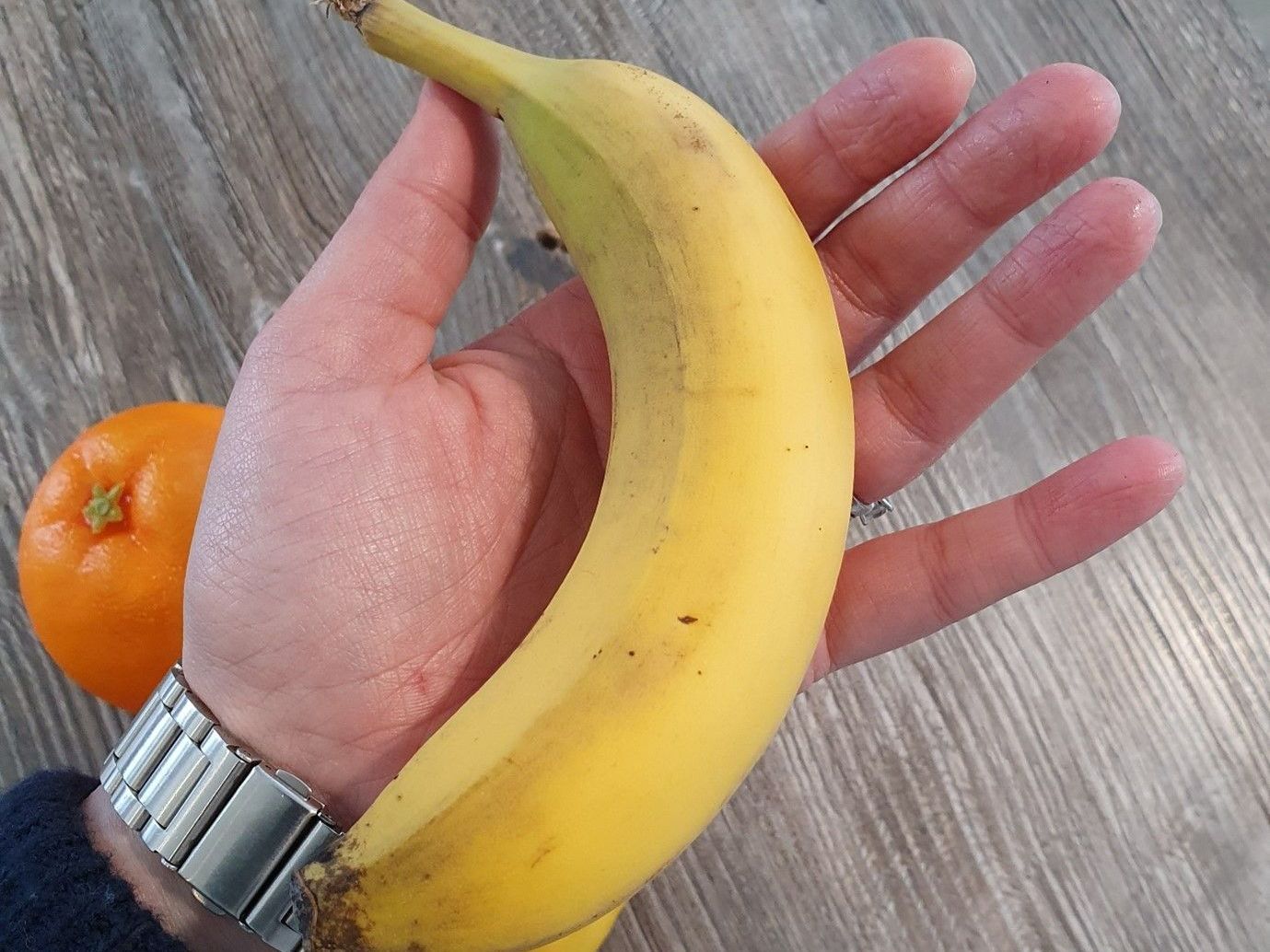
As a practising dietitian for many years working in the NHS and private practice, one consistent misconception I've found is fruit should be avoided when living with type 2 diabetes. In fact, fruit is absolutely fine to consume in moderation and comes with a whole host of benefits.
When living with type 2 diabetes the aim is to have optimum blood glucose levels (BGLs), preventing diabetes related complications such as retinopathy (complications to the eyes) and cardiovascular disease which can result in stroke or heart attack. The most common blood glucose test is called HbA1c. Having a HbA1c of 48mmol/mol less is associated with lower diabetes complication risk. HbA1c looks at the glucose attached to our red blood cells. Red blood cells live for 8-12 weeks, therefore a HbA1c can tell us what our levels have been for up to a 3-month period.
Diet is a key component to managing BGLs. Having a balanced and healthy diet is fundamental. Most understand carbohydrate in the form of starch or sugar should be consumed carefully to help aid BGLs, however there are many important factors to diet that will lower our cardiovascular risk. Less salt can help to control our blood pressure and reducing saturated fats from meats and baked goods can help to manage cholesterol.
A lot of the time in diet, people are told to eat less foods which contain higher amounts fat, salt, and sugar. Its seems so much focus is going into what we shouldn’t do, we spend less time discussing what we can include. Fruit is very often demonised and said to be 'bad' for BGLs. In my experience certain types of fruit like bananas, pineapple, grapes and melon get a hard time. It's true that some fruits have higher carbohydrate content when compared to others however the key is the amount we serve ourselves. It's very easy to sit down with a punnet of grapes and before we know it, they have disappeared.
What's a portion size?
When it comes to portion size, we are all individuals. It’s accepted by many dietitians and nutritionists that a portion of fruit is approximately what fits into the palm of your hand. The below images demonstrate a rough portion guide.
Aiming for 2-3 portions of fruit per day is ideal. It is also worthwhile spreading your fruit consumption out over the course of the day.
Numerous patients have told me that they have been advised by friends, family and even some healthcare professionals (HCPs) to either not eat certain fruits or avoid all together! For those testing their BGLs at home with a BGL meter or a continuous blood glucose monitor report certain fruits appear to cause BGLs spikes. It’s important to note rises in our BGLs are perfectly normal and anticipated, certainly within the first 1-2 hours following consumption. This even occurs in people living without diabetes. What’s important is how long it takes your blood glucose to return back to normal. Most HCPs working in diabetes are more concerned if BGLs are regularly raised following a period of fasting, e.g. first thing in the morning on waking, or many hours after eating lunch.
How much carbohydrate is in fruit?
1x banana (no skin) weighing 85g = 17g carb
1 x apple (with core) weighing 131g = 13g carb
80g grapes = 12g carb
80g blackberries = 4g carb
2 x clementines weighing 160g = 10g carb
80g mango = 11g carb
3 x choc chip cookies (60g) = 36g carb
Bowl of muesli (50g) = 29g carb
9 squares of milk chocolate (50g) = 28g carb
1 prawn mayo sandwich on wholegrain bread (164g) = 35g carb
½ pint orange juice (284ml) = 30g carb
1 bagel (86g) = 50g carb
As we can see from the above examples, fruit is generally lower in carbohydrate when compared to other common snacks.
Fruit juices and smoothies
Most people don’t like to be told to avoid or ban anything in their diet. As soon as we are told not to do something, or it becomes taboo, this can generates an urge to want to break the rules. When it comes however to fruit juices and shop bought smoothies, I generally urge patients to avoid them and ideally go for whole fruit. When fruit is blended the sugar within becomes freer and the glycaemic index higher, meaning the body can absorb glucose quicker, which can lead to a potential spike in BGLs. The other thing to be aware of is the amount of carbohydrate in a glass of juice vs a whole orange. In half a pint of orange juice there is 30g carbohydrate, where in 1 orange (140g) there is only 8g carbohydrate. The other difference is the fibre content, there is 2g fibre in the whole orange, whereas there is 0g in the glass of juice.
What's the health benefits of fruit?
The benefits of fruit are widely documented. They provide fibre, as well as an array of essential vitamins and minerals. Fruit counts towards our 5 a day and including fruit forms what is called a cardio protective diet. Studies have found that consuming at least 5 portions of fruit and vegetables a day is associated with a reduced risk of cardiovascular disease (heart attack and stroke). Only a third of the nation consume the recommended 5 portions a day. Cutting fruit out or avoiding particular types could be a reason you are not meeting the UK’s 5 a day recommendation.
What does this mean for me living with type 2 diabetes?
Living with diabetes does not mean you need or must cut out all sugar or carbohydrate. Not all sugar or carbohydrate containing foods are equal. If we compare 2 digestive biscuits and a medium sized banana the carbohydrate content is almost the same, however the biscuits contain added sugar, saturated fats and would classify as a processed food. The banana contains natural sugars (which are seen as less concerning in sensible amounts), fibre, and a range of essential vitamins and minerals.
A palm size amount of fruit, 2-3 times per day, spread out over the course of the day is perfectly acceptable.
Send us a message
Contact Us
Thank you for contacting us.
We will get back to you as soon as possible.
Oops, there was an error sending your message.
Please try again later.
Spooner Nutrition

